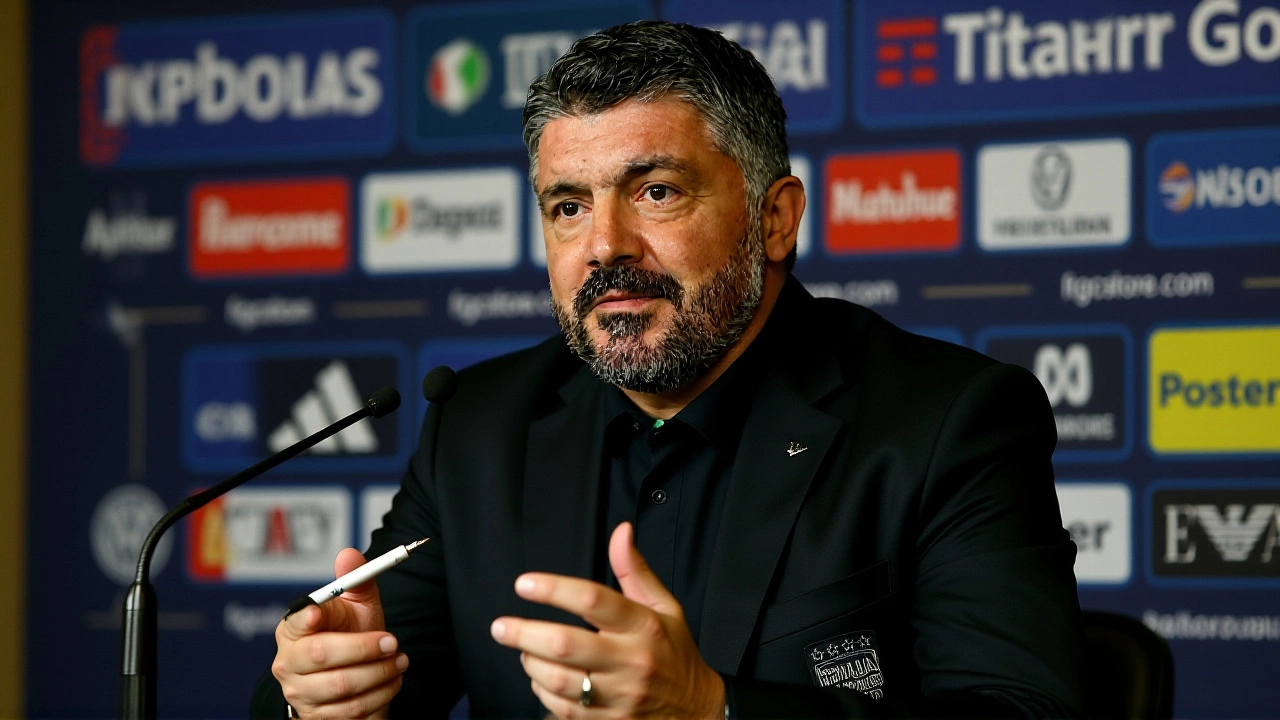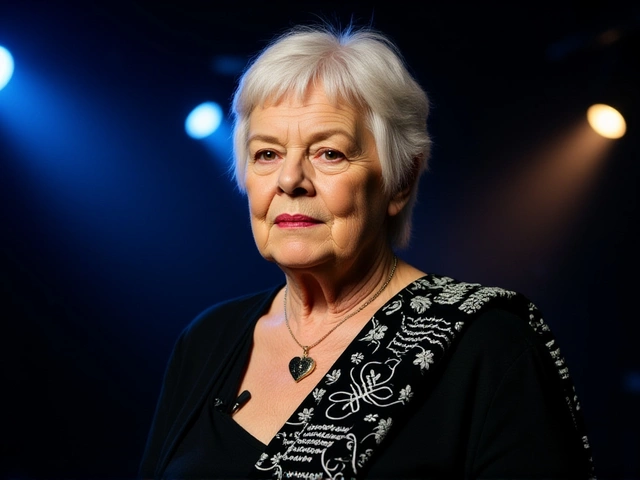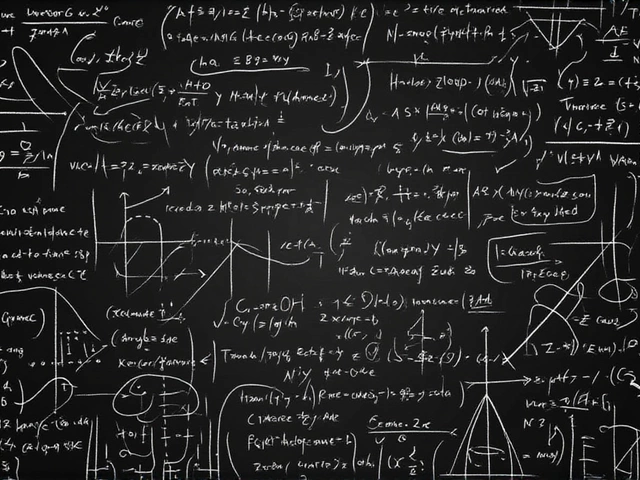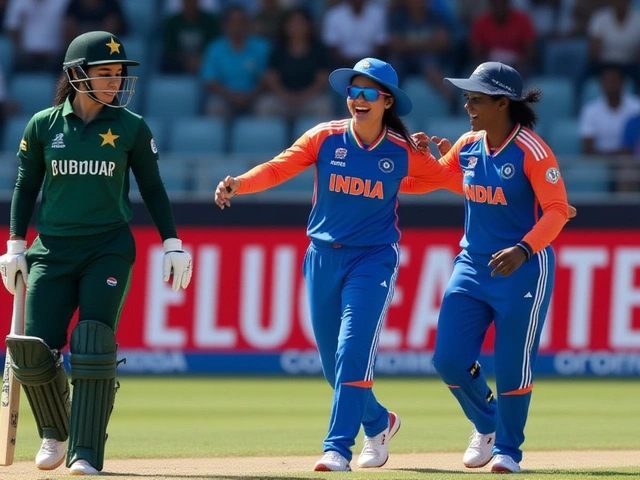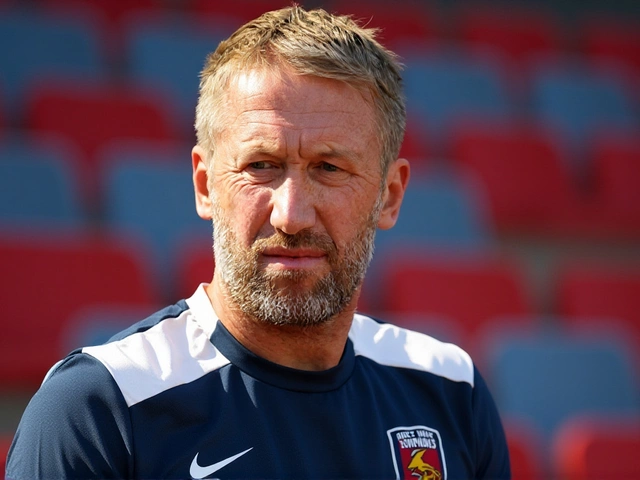When Gennaro Gattuso cut three players from Italy’s final squad just days before their crucial World Cup qualifier against Norway, few expected the fallout to be this brutal. On Sunday, November 16, 2025, at San Siro in Milan, Italy collapsed 4-1 — a result that buried their hopes of topping Group G and forced them into the World Cup play-offs. The decision to exclude Elia Caprile, Riccardo Calafiori, and Sandro Tonali from the final 24-man roster wasn’t just tactical. It was psychological. And it backfired.
Who Got Cut — And Why It Mattered
On November 11, 2025, Gattuso named a 27-man squad for back-to-back qualifiers against Moldova and Norway. The list included promising newcomers: 22-year-old goalkeeper Elia Caprile, making his first senior call-up; 23-year-old Arsenal defender Riccardo Calafiori, returning after injury; and 25-year-old Sandro Tonali, the midfield engine from Newcastle United. But by Friday, November 14, all three were axed. No official reason was given. Rumors swirled — fitness concerns? Tactical mismatch? Internal friction?
Turns out, it was likely a mix. Caprile, while talented, had only played 11 Serie A games this season. Calafiori, despite his Arsenal pedigree, had just returned from a hamstring issue. Tonali? He’d been inconsistent since joining Newcastle, and Gattuso reportedly felt he lacked the defensive discipline needed to counter Norway’s pace. The move left Italy’s midfield thin and its defense without a natural ball-playing center-back. And it sent a message: loyalty doesn’t matter if you’re not performing right now.
The Match That Broke Italy
The game started with promise. Francesco Pio Esposito, the 20-year-old Spezia forward, scored in the 28th minute — a crisp finish after a slick one-two with Gianluca Scamacca. For 45 minutes, Italy looked organized, compact, even dangerous. But then came the break. And with it, the collapse.
Within seven minutes of the restart, Erling Haaland — the 25-year-old Norwegian powerhouse — turned a loose pass into a clinical finish. Then, in the 59th minute, Antonio Nusa, 20, cut inside from the left and curled one past Gianluigi Donnarumma. Jorgen Strand Larsen added a fourth in the 72nd, finishing off a counter that Italy’s midfield simply couldn’t recover from.
It wasn’t just the goals. It was the panic. The way Italy’s players froze when Norway pressed. The way passes went astray under minimal pressure. The way the crowd’s cheers turned to silence — then groans.
"The Team Gets Scared"
Post-match, Gattuso didn’t hide. "Congratulations to Norway," he said, "but we start again from the first half, where we did what we were meant to do. Then we struggled a lot after the break." He paused. "We lost our shape. We lost the ball too cheaply. We gave them space. We got frightened."
That word — frightened — echoed through Italian media. It wasn’t about tactics. It was about mindset. Italy had the talent. They had the experience. But they lacked the steel. And Gattuso admitted it: "We have to build on the first half, when we were solid. But as soon as the opponents create a chance, we start to get scared. That is where we have to change."
He apologized to fans. Not a corporate "we’re disappointed," but a raw, personal "I’m sorry." That mattered. In a country where football is religion, that kind of honesty is rare.

What Led to This Collapse?
It’s not just one match. It’s a pattern. Gattuso replaced Luciano Spalletti after Italy lost 3-0 to Norway in Oslo on June 8, 2025 — a result that already exposed deep cracks. Since then, Italy has won only one of their last four qualifiers. Their last clean sheet? October 2024. Their last win over a top-tier side? July 2024, in the Nations League.
And here’s the twist: even a win against Norway wouldn’t have been enough. Italy needed a 9-0 victory to overtake Norway on goal difference. That wasn’t realistic — but it was the kind of pressure that can either ignite or paralyze. They chose paralysis.
What’s Next for Italy?
Now, Italy heads into the World Cup play-offs. Their semi-final is set for March 26, 2026 — likely against Wales, Ukraine, or the Republic of Ireland. A win there sets up a final on March 31, 2026, for a shot at qualifying for the 2026 FIFA World Cup in North America.
But the questions are louder than ever. Can Gattuso rebuild trust? Will Tonali, Calafiori, or Caprile get another chance? And most importantly — can Italy’s players stop being afraid?
One thing’s clear: this isn’t just about tactics anymore. It’s about courage. And Italy’s squad, for all its talent, is running dangerously low on that.
Frequently Asked Questions
Why were Caprile, Calafiori, and Tonali dropped from the Norway squad?
Though no official reason was given, sources suggest Gattuso prioritized experience and defensive stability over potential. Caprile, a young backup, was deemed too inexperienced for high-pressure qualifiers. Calafiori had just returned from injury, and Tonali, despite his technical ability, had been inconsistent in the Premier League and lacked defensive discipline. The move was seen as a gamble to tighten the midfield and defense — one that ultimately backfired.
Could Italy still qualify for the 2026 World Cup?
Yes — but only through the play-offs. Italy finished second in Group G behind Norway, so they enter the European play-off semi-final on March 26, 2026. A win there leads to a final on March 31, 2026, where the winner earns a spot in the 2026 FIFA World Cup. Their path is narrow, but not impossible. The team that showed up in the first half against Norway — organized, disciplined — is the version they need to replicate.
How did Gattuso’s decision compare to Spalletti’s approach?
Spalletti favored attacking flair and youth, often starting players like Tonali and Calafiori even in tough away games. Gattuso, by contrast, leans on structure and physicality — but his recent selections have been erratic. Dropping three players days before a key match created instability. Spalletti’s downfall came from defensive frailties; Gattuso’s is now psychological. Neither has fully solved Italy’s crisis of confidence.
What role did Norway’s Erling Haaland play in the result?
Haaland was decisive. His two goals — one off a turnover, another from a set-piece rebound — exposed Italy’s lack of aerial dominance and poor marking in the box. But he wasn’t the sole reason for the loss. Italy’s midfield failed to press high after the break, allowing Norway’s wingers to exploit space. Haaland capitalized — but the system allowed him to.
Is this the end of Gattuso’s tenure as Italy manager?
Not necessarily. The Italian Football Federation has historically given managers time after qualifying failures, especially if they’re honest and take responsibility — as Gattuso did. His apology to fans and willingness to admit psychological flaws may actually buy him time. But if Italy loses in the March 2026 play-off semi-final, his position will be untenable. The next 100 days will define his legacy.
Who are Italy’s likely opponents in the World Cup play-offs?
Italy will face one of the four runners-up from Groups A, B, C, or D in the play-off semi-final. Potential opponents include Wales, Ukraine, the Republic of Ireland, or Slovakia. Their path to the final depends on results from other qualifiers in November 2025. A matchup with Wales or Ireland would be more favorable than Ukraine, who have a strong defense and physical style — similar to Norway’s.
